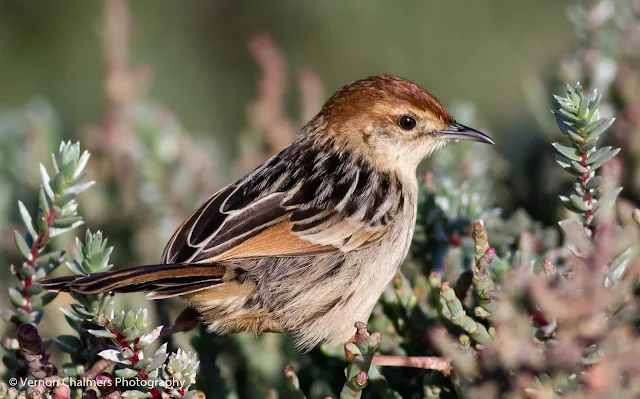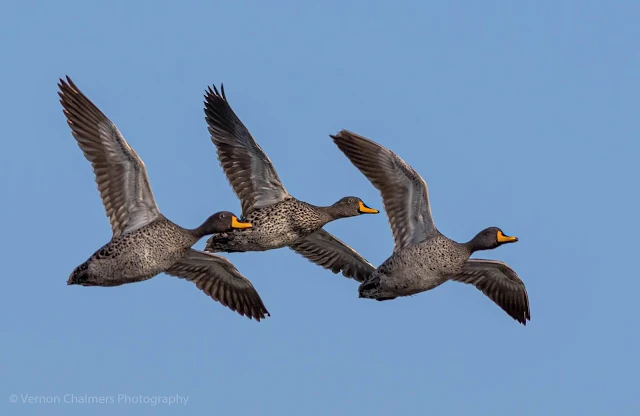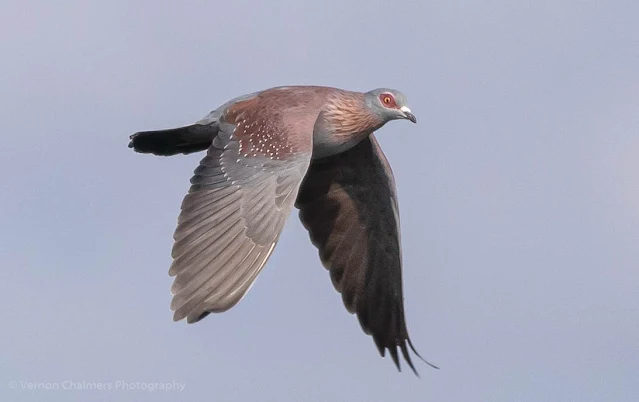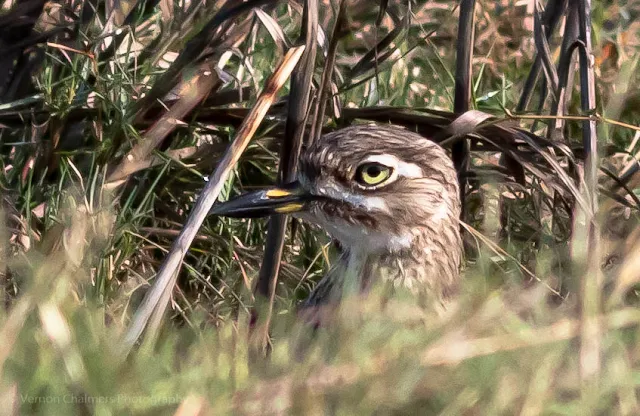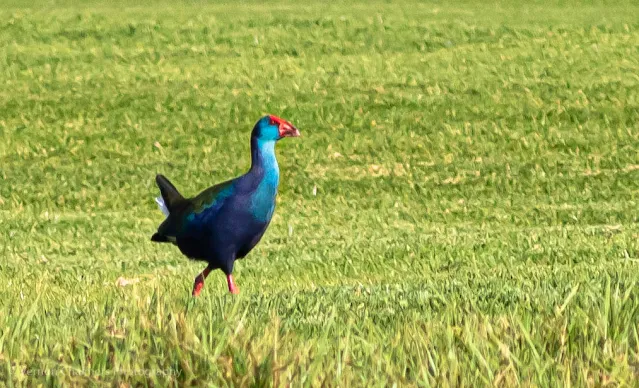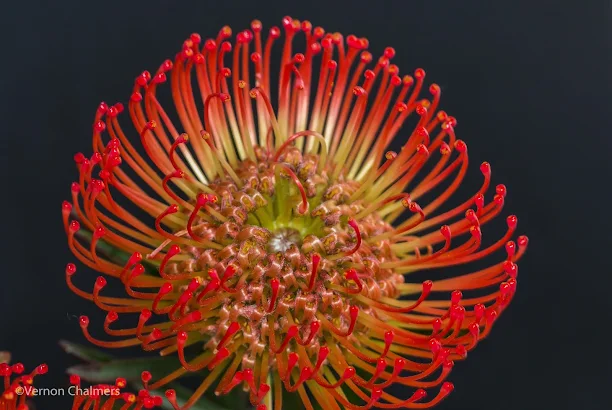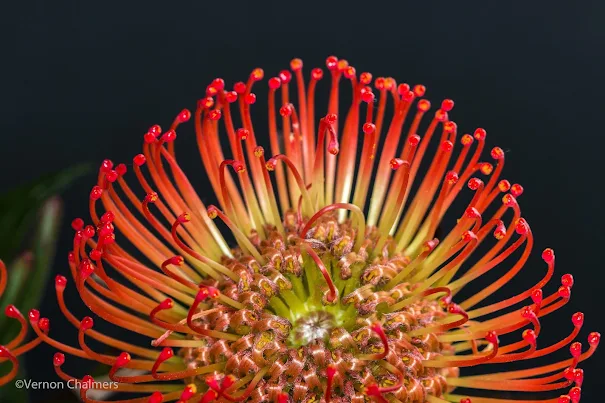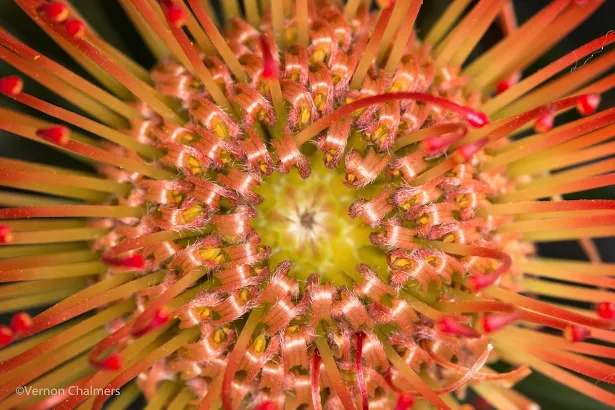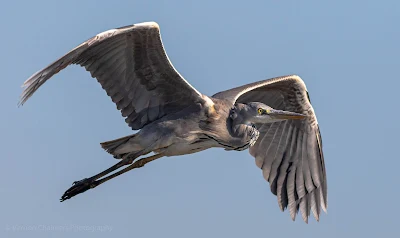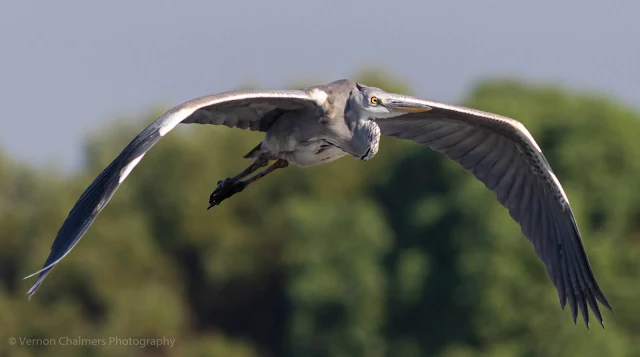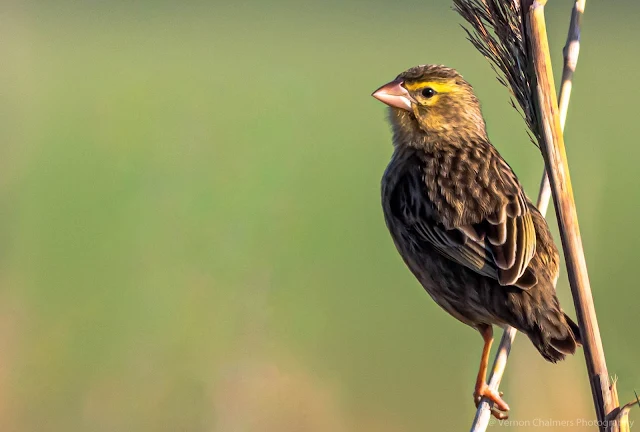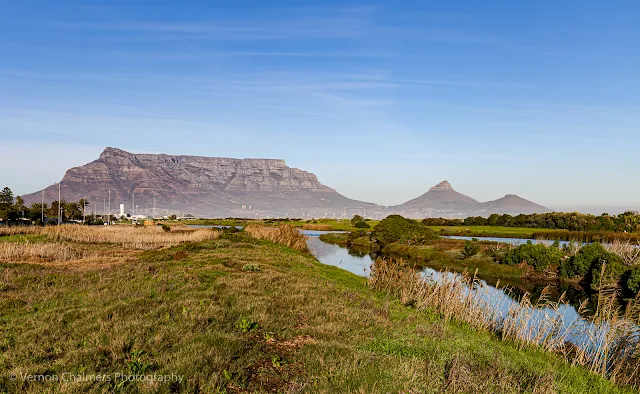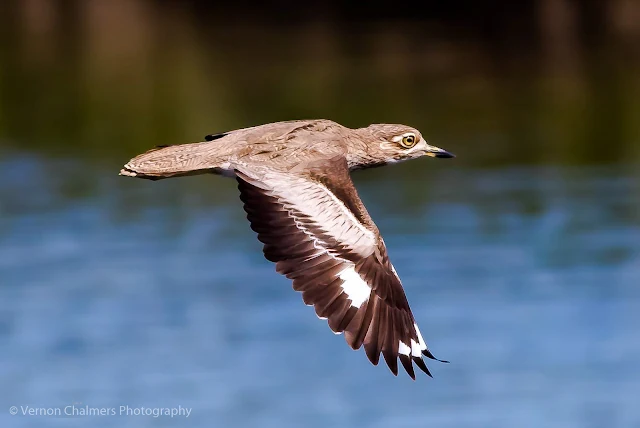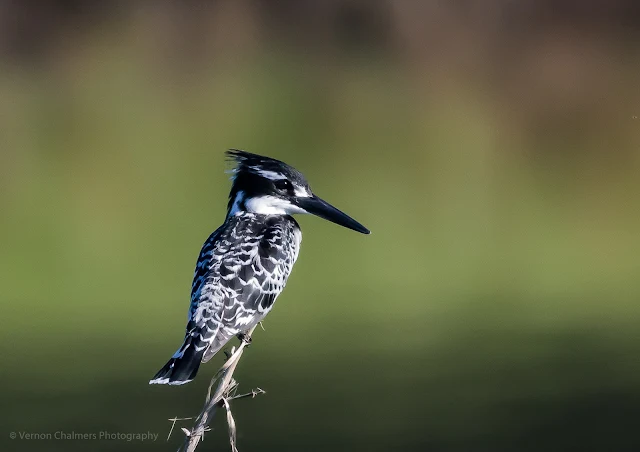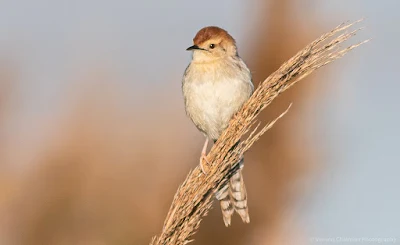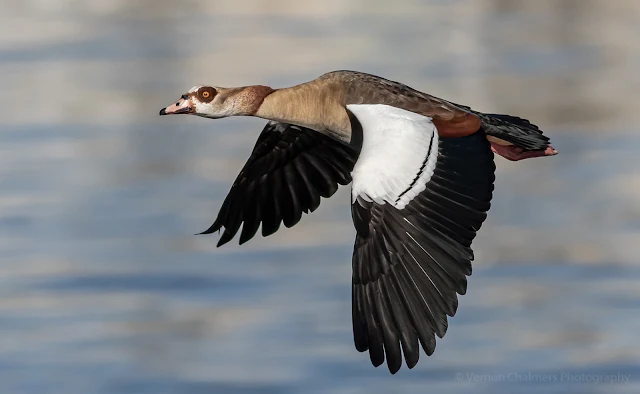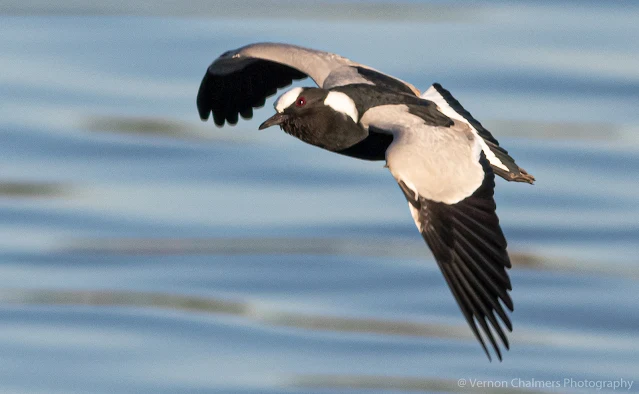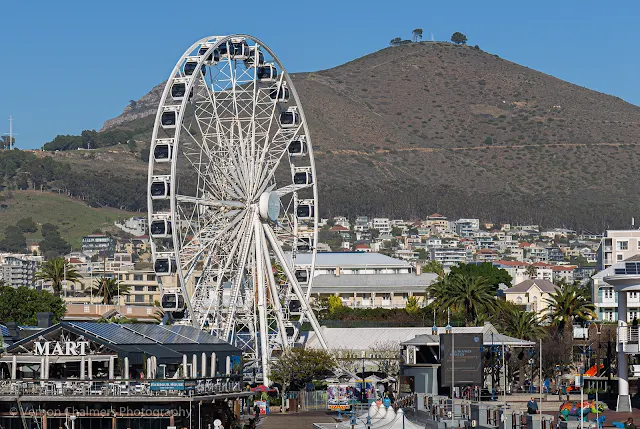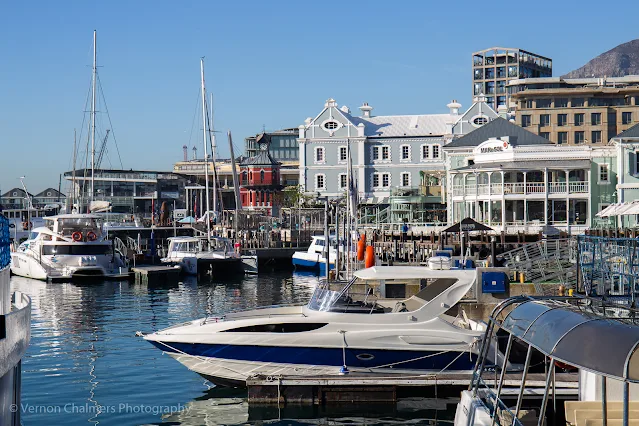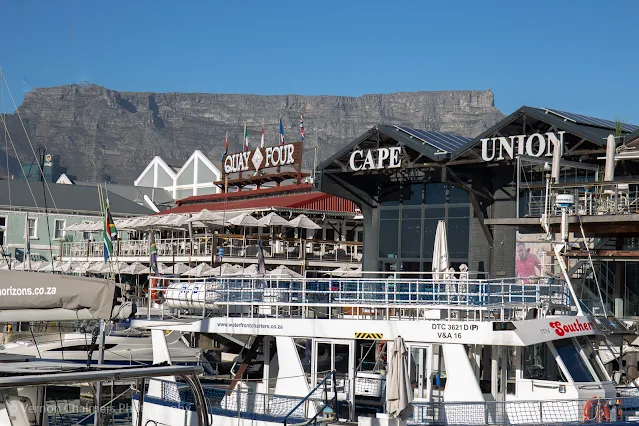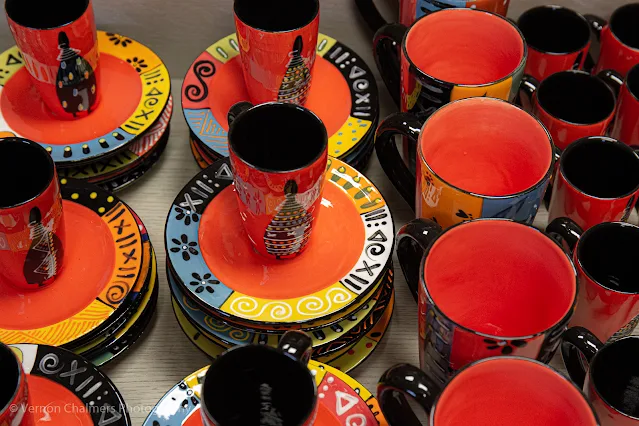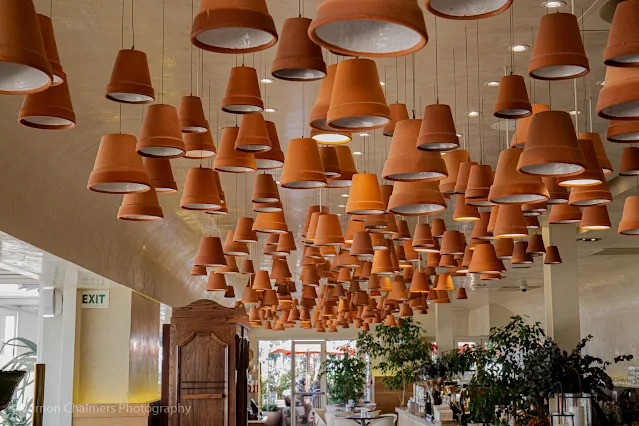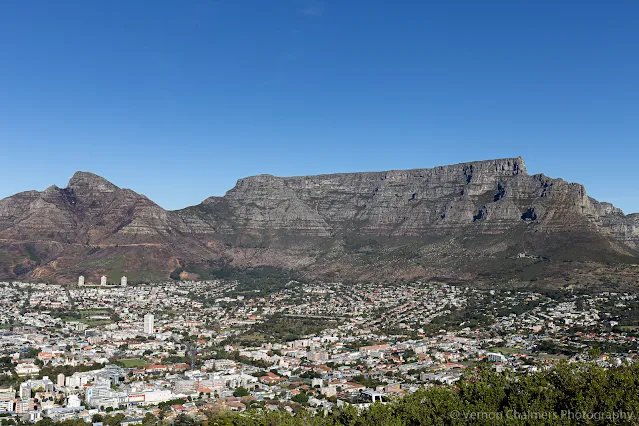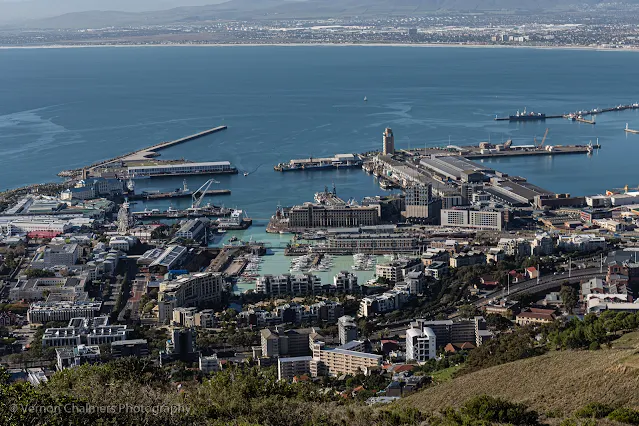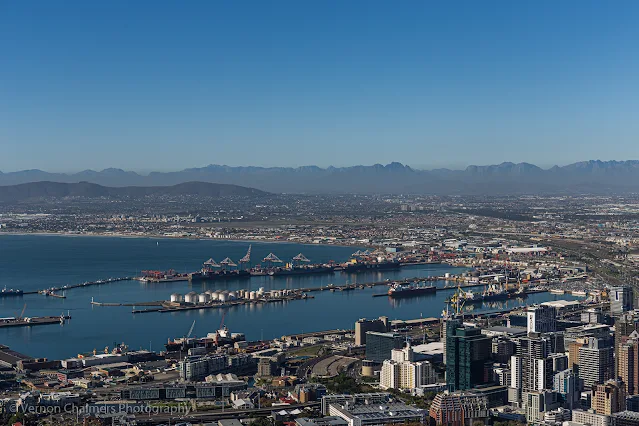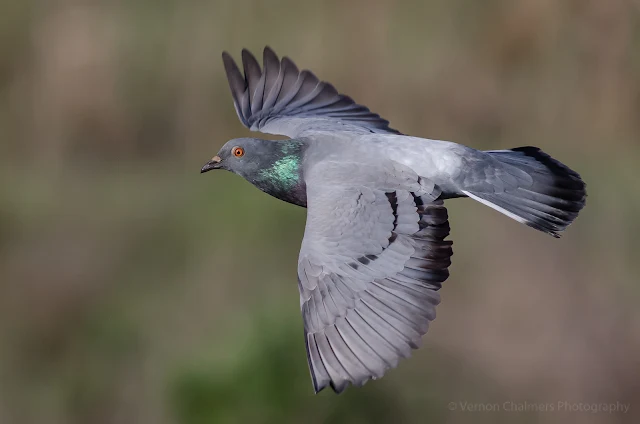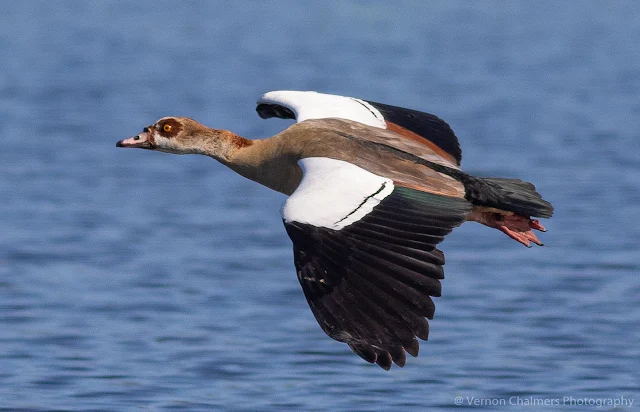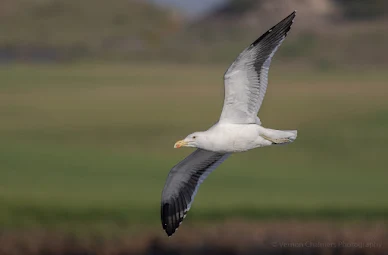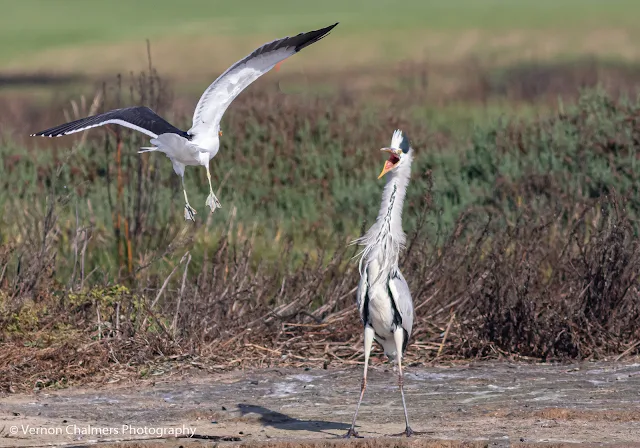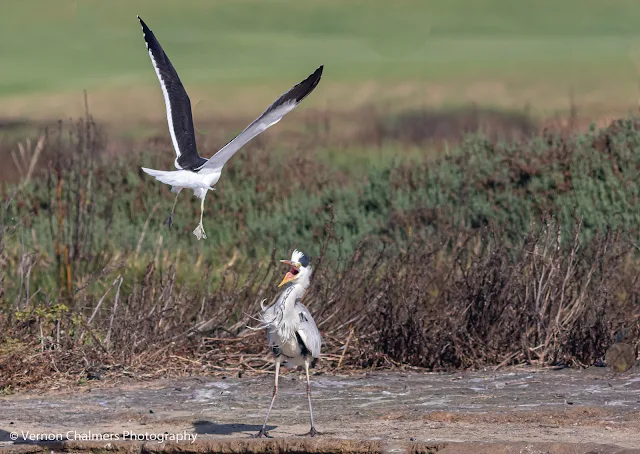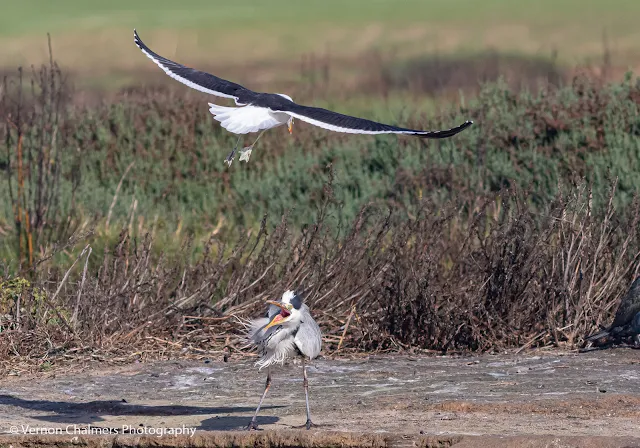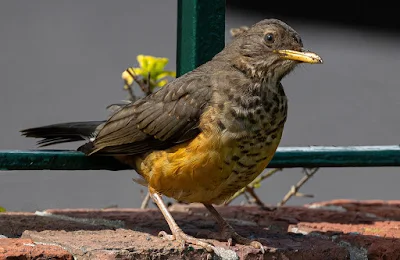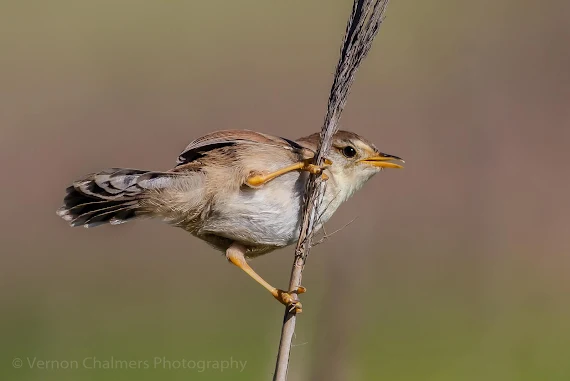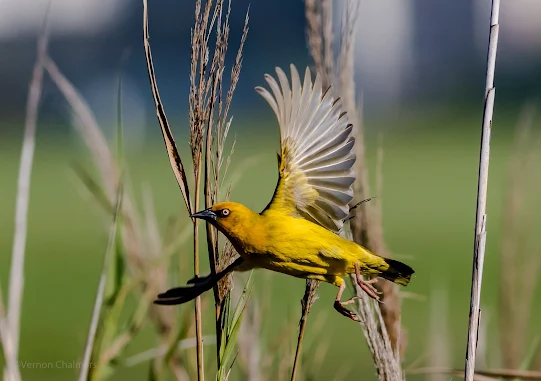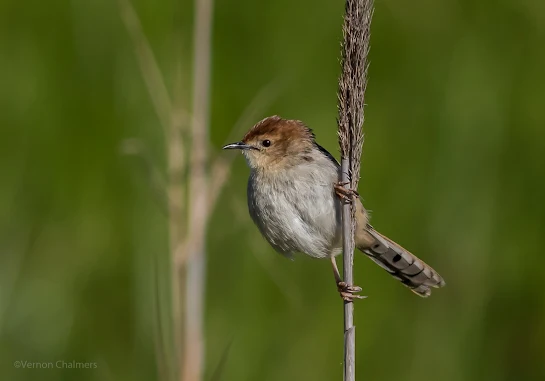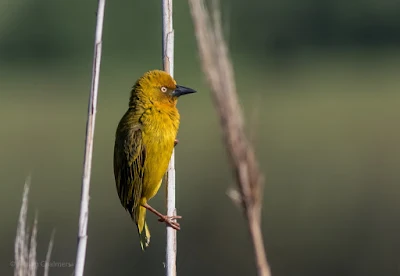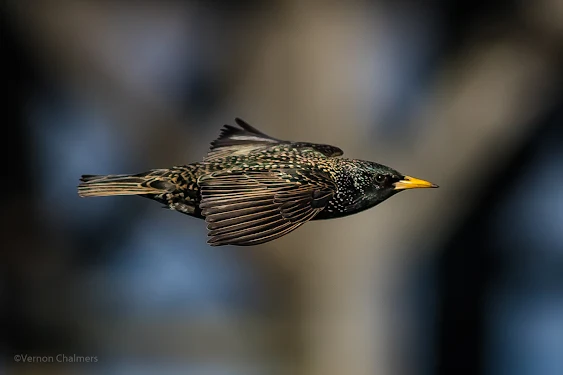South Africa Living Using a Vernon Chalmers Table Bay Nature Reserve Image Without Permission
It came to my attention that South Africa Living at https://southafricaliving.com/best-things-to-do-in-milnerton/ is using a Vernon Chalmers Table Bay Nature Reserve Milnerton, Cape Town copyright image without permission.
When visiting the South Africa Living website the Vernon Chalmers Table Bay Nature Reserve Milnerton, Cape Town image is located on the URL listed above page on the South Africa Living Website (Milnerton)
Table Bay Nature Reserve Milnerton, Cape Town Image Used by South Africa Without Permission
This is the Table Bay Nature Reserve image that was taken by South Africa Living without permission from a Vernon Chalmers website in Cape Town, South Africa.
South Africa Living also changed the original Vernon Chalmers .JPG file from hiding / deleting a section where the known Vernon Chalmers Copyright was clearly identified on the image
It came to my attention that South Africa Living at https://southafricaliving.com/best-things-to-do-in-milnerton/ is using a Vernon Chalmers Table Bay Nature Reserve Milnerton, Cape Town copyright image without permission.
When visiting the South Africa Living website the Vernon Chalmers Table Bay Nature Reserve Milnerton, Cape Town image is located on the URL listed above page on the South Africa Living Website (Milnerton)
Table Bay Nature Reserve Milnerton, Cape Town Image Used by South Africa Without Permission
This is the Table Bay Nature Reserve image that was taken by South Africa Living without permission from a Vernon Chalmers website in Cape Town, South Africa.
South Africa Living also changed the original Vernon Chalmers .JPG file from hiding / deleting a section where the known Vernon Chalmers Copyright was clearly identified on the image
 |
| South Africa Living Using a Table Bay Nature Reserve Milnerton Image Without Permission |
Vernon Chalmers Photography Copyright Policy
Vernon Chalmers Photography Copyright Policy
Copyright Infringement Warning to Cape Town Photographers
